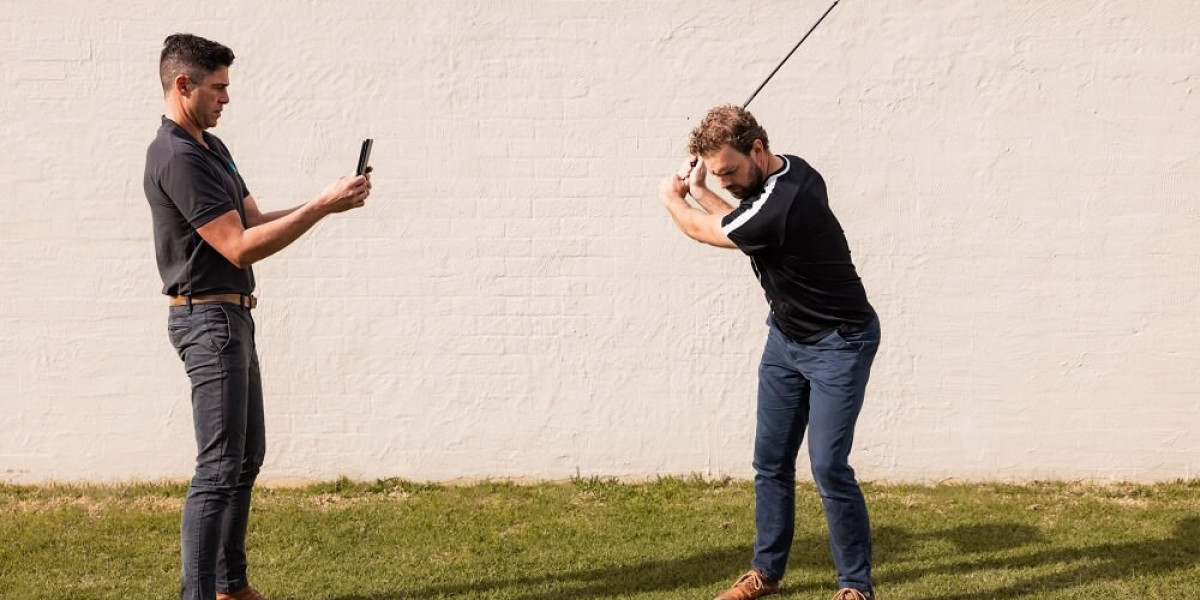Golf is a game of precision, strategy, and rhythm. While many golfers focus on swing mechanics, club technology, and course strategy, few realize the immense role the human body plays in producing a consistent, powerful, and injury-free swing. This is where Golf Biomechanical Screening becomes an essential tool for serious players—from beginners aiming to improve their game to professionals seeking peak performance.
What Is Golf Biomechanical Screening?
Golf Biomechanical Screening is a comprehensive physical assessment that evaluates a golfer’s movement patterns, flexibility, strength, balance, joint mobility, and muscular stability in relation to the golf swing. This screening helps identify physical limitations, asymmetries, and inefficient movement patterns that may affect performance or contribute to injuries.
Unlike general fitness testing, golf biomechanical screening is specific to the demands of the golf swing, making it highly personalized and sport-specific.
Why Is Biomechanical Screening Important for Golfers?
1. Improves Swing Efficiency
The golf swing is a complex motion involving multiple joints and muscle groups working in perfect sequence. Even minor restrictions in mobility or strength imbalances can affect swing mechanics, leading to inconsistent shots, loss of distance, or erratic ball flight.
Biomechanical screening identifies these limitations, allowing tailored corrective exercises or swing adjustments to optimize movement efficiency.
2. Prevents Injury
Common golf-related injuries include lower back pain, golfer’s elbow, shoulder impingement, and knee strain. Many of these issues arise not from the swing itself, but from underlying biomechanical deficiencies or repetitive stress on poorly functioning areas of the body.
Screening helps detect risk factors such as poor hip mobility, weak core muscles, or tight shoulders—providing the opportunity to intervene before injury occurs.
3. Enhances Performance and Longevity
A golfer who moves well can swing faster, with more control and less effort. Whether your goal is to hit longer drives, improve consistency, or play pain-free into your senior years, biomechanical screening lays the foundation for sustainable performance.
Key Areas Assessed During a Golf Biomechanical Screening
✅ Postural Alignment
Identifies imbalances or deviations in the spine, shoulders, hips, and knees that can impact swing posture.
✅ Joint Mobility
Tests range of motion in critical areas such as hips, thoracic spine, shoulders, and ankles.
Limited mobility may restrict backswing or follow-through and reduce power.
✅ Core Stability
Evaluates the function and control of core muscles, essential for maintaining balance and transferring energy through the swing.
✅ Balance and Coordination
Tests single-leg balance and dynamic stability, which are crucial for weight transfer and maintaining posture during the swing.
✅ Muscle Strength and Flexibility
Assesses functional strength in the glutes, hamstrings, quads, and upper body.
Identifies tight muscle groups that may limit fluid swing movement.
✅ Kinematic Sequencing
Advanced assessments may use motion capture or 3D analysis to track how well a golfer transfers energy from the ground up—starting with the hips, then torso, arms, and finally the club.
Who Should Get a Golf Biomechanical Screening?
Golf biomechanical screening is beneficial for all skill levels:
Beginners: Establish a strong physical foundation before developing swing habits.
Amateurs & Weekend Warriors: Reduce risk of injury and play more consistently.
Competitive Golfers: Maximize performance with a data-driven approach.
Injured Golfers: Pinpoint physical issues that may be causing or exacerbating injury.
Seniors: Adapt the swing to suit age-related changes in strength and mobility.
The Process: What to Expect
Initial Consultation
A discussion of your golf background, goals, injuries, and swing challenges.Physical Evaluation
A series of tests conducted by a certified professional, such as a Titleist Performance Institute (TPI) practitioner, physiotherapist, or golf fitness coach.Data Analysis and Reporting
Detailed feedback on findings, often supported by video analysis or 3D motion capture (if available).Customized Action Plan
Based on the screening results, you'll receive a tailored program of corrective exercises, mobility drills, and possible swing modifications.Ongoing Monitoring
Reassessments can be conducted periodically to measure progress and make adjustments to your program.
Integration with Golf Instruction and Training
One of the greatest strengths of biomechanical screening is that it bridges the gap between fitness and technique. Golf instructors can work more effectively when they understand a player’s physical capabilities and limitations.
For example, if a golfer can’t rotate their hips sufficiently due to tight hip flexors, the coach can:
Modify the swing mechanics temporarily,
Recommend a specific mobility drill to address the restriction,
Avoid prescribing a move the body physically cannot perform.
This collaborative, multidisciplinary approach leads to faster improvements and fewer frustrations.
Technology and Tools Used
Modern golf biomechanical assessments may use:
3D Motion Capture Systems (e.g., K-Vest, Gears Golf)
Pressure Plates to analyze ground reaction forces and balance
Video Swing Analysis
TPI Screening Protocols
Functional Movement Screen (FMS)
These tools provide objective data that removes guesswork and helps create precise, measurable plans for improvement.
Conclusion
Golf Biomechanical Screening is more than just a fitness test—it’s a performance blueprint. By understanding how your body moves (or doesn't), you can unlock the full potential of your golf swing, prevent injuries, and play more consistently.








